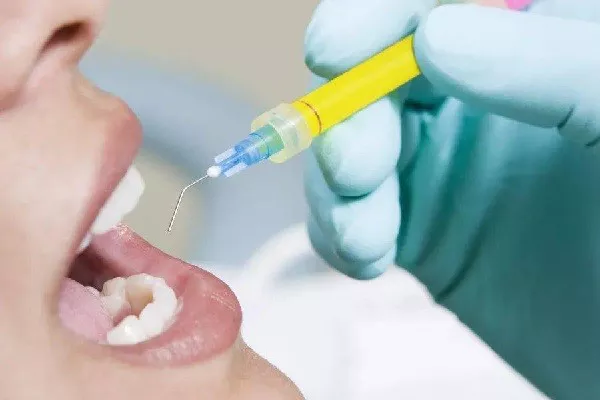Teeth whitening strips have become a popular at-home solution for achieving a brighter, more radiant smile. These strips are designed to be used for a specified duration during the day, typically ranging from 30 minutes to an hour. However, one common question that arises is, “What happens if you sleep with whitening strips on?” In this article, we will explore the potential risks and consequences of sleeping with whitening strips on your teeth and why it is generally not recommended.
Understanding Teeth Whitening Strips
Teeth whitening strips are thin, flexible pieces of plastic coated with a peroxide-based gel. These strips adhere to the surface of your teeth, allowing the whitening agent to come into contact with your enamel. When used as directed, they can effectively remove surface stains and discoloration, leading to a whiter smile.
Why Sleeping with Whitening Strips Is Not Recommended
While teeth whitening strips are safe when used according to the manufacturer’s instructions, sleeping with them on is generally discouraged for several reasons:
Prolonged Exposure: Teeth whitening strips are designed for relatively short, controlled periods of exposure to the whitening agent. Leaving them on your teeth for an extended duration, such as overnight, can result in prolonged exposure to the peroxide gel. Prolonged exposure may increase the risk of tooth sensitivity and irritation of the gums and soft tissues in your mouth.
Tooth Sensitivity: Teeth whitening, even when used as directed, can lead to tooth sensitivity, especially in individuals with pre-existing sensitivity. Sleeping with whitening strips on can exacerbate this sensitivity, making your teeth more prone to discomfort and pain.
Gum Irritation: The edges of whitening strips can sometimes come into contact with the gums. Prolonged contact with the sensitive gum tissue can lead to irritation, redness, and even mild burns.
Ineffective Whitening: Leaving whitening strips on overnight does not necessarily guarantee better results. In fact, whitening agents may become less effective over time, and the prolonged exposure may not lead to significantly whiter teeth compared to following the recommended usage guidelines.
Risk of Swallowing Gel: Sleeping with whitening strips increases the risk of accidentally swallowing the whitening gel, which is not intended for ingestion. Swallowing peroxide-based gel can lead to digestive discomfort and is generally not recommended.
Uncomfortable Sleep: Wearing whitening strips during sleep can be uncomfortable and disrupt your sleep patterns. It may lead to restless sleep, increased salivation, and discomfort, which can affect your overall sleep quality.
Safe and Effective Use of Whitening Strips
To achieve the best results and minimize potential risks while using teeth whitening strips, it’s essential to follow the recommended guidelines:
Read and Follow Instructions: Carefully read and adhere to the instructions provided with your whitening strips. These guidelines will specify the recommended duration and frequency of use.
Choose the Right Product: Select a whitening product that aligns with your goals and sensitivity level. Consult with your dentist if you’re unsure about which product is best for you.
Use as Directed: Wear the strips for the specified duration, typically once a day for the recommended timeframe (e.g., 30 minutes to an hour). Avoid exceeding the recommended usage time.
Monitor Sensitivity: Pay attention to any tooth sensitivity or discomfort during and after whitening. If sensitivity becomes bothersome, reduce the frequency of use or discontinue the product temporarily.
Maintain Oral Hygiene: Continue your regular oral hygiene routine while using whitening strips. Brush, floss, and visit your dentist for check-ups to ensure your teeth and gums remain healthy.
Seek Professional Guidance: If you have concerns about teeth whitening or experience significant sensitivity, consult with your dentist. They can provide personalized recommendations and may offer in-office whitening treatments for more controlled and effective results.
Conclusion
Sleeping with whitening strips on your teeth is not recommended due to the potential risks and discomfort it can cause. These strips are designed for short, controlled periods of exposure to the whitening agent to minimize the risk of tooth sensitivity, gum irritation, and other issues.
To achieve the best results while maintaining your oral health, it’s essential to use teeth whitening strips as directed by the manufacturer’s instructions. By following recommended guidelines, monitoring tooth sensitivity, and seeking professional guidance when needed, you can safely and effectively enhance the whiteness of your smile and enjoy the benefits of a more radiant appearance.
Related Topics:





























